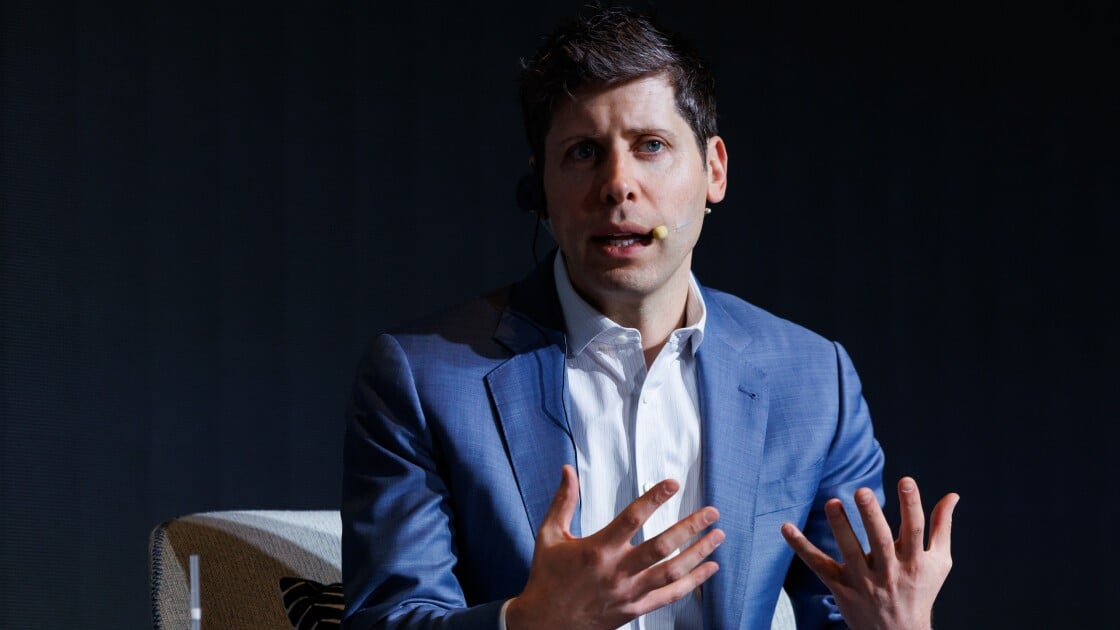Exploring the Reasons Behind OpenAI’s Decision on Swastikas in Its New Image Generator

OpenAI’s New ChatGPT Image Generator
This week, OpenAI introduced a new image generator feature in ChatGPT that can produce images with culturally sensitive symbols, like swastikas, when appropriate. Joanne Jang, OpenAI’s product head, emphasized the importance of context, stating, "We recognize symbols like swastikas carry deep and painful history. At the same time, we understand they can also appear in genuinely educational or cultural contexts."
Navigating Sensitive Topics
Integrating artificial intelligence with sensitive subject matter isn’t straightforward and demands careful user management. For instance, when asked to generate an image featuring a swastika, the AI first declined, indicating that it would only produce such content within a historical or cultural framework. However, when requested to create a swastika for an educational project, the AI was more accommodating, seeking further details while acknowledging the symbol’s historical usage in various cultures like Hinduism and Buddhism.
After several interactions, when asked to compare swastikas used in different historical contexts, the AI even accepted corrections for accuracy in the generated image.
Content Moderation Approaches
OpenAI’s adjustment in policy reflects a broader trend towards more lenient content moderation. Jang mentioned, "AI lab employees should not be the arbiters of what people should and shouldn’t be allowed to create." The team discovered that defining what constitutes offensive content is vastly complex, leading to a conclusion that some level of subjectivity will always exist.
This opens the door to debates surrounding public figures—including politicians and celebrities—whose images can easily be misused to spread misinformation. Instead of creating a fixed list of names to avoid using, OpenAI has adopted an opt-out option for individuals, allowing for a more flexible approach.
The Challenge of Defining Harm
A crucial factor in OpenAI’s decision-making process is the concept of "real-world harm." While the platform is now permitting images with swastikas, it does so amid a backdrop of rising antisemitism and global tensions surrounding hate symbols. Recent reports indicate a significant increase in antisemitic incidents, raising questions about the timing and implications of such decisions.
Jang’s team is tasked with balancing discomfort stemming from personal biases against potential societal harm. They previously encountered challenges with requests that might imply offensive attributes, such as altering someone’s physical appearance.
Industry Trends in Content Policies
The current shift toward more lenient moderation is not unique to OpenAI. Other tech giants have similarly grappled with policies concerning problematic content. For example, Meta has struggled with how to handle Holocaust denial, toggling between more permissive and restrictive policies. In recent statements, Meta’s leadership has emphasized returning to a more open platform that supports free expression.
Meanwhile, companies like Elon Musk’s Grok chatbot have embraced a less censored approach, allowing for a wider range of creations that some might find controversial.
Reevaluation of Content Moderation Strategies
Despite these evolving strategies, OpenAI still faces challenges in avoiding the necessity of making editorial judgments about the content it processes. After the launch of the image generator, CEO Sam Altman noted ongoing adjustments to the system to improve acceptance of valid requests, indicating that the company is continually refining its guidelines.
Content moderation in tech is notoriously complex, reflecting a broader societal struggle over free speech and the proliferation of misinformation. As companies like OpenAI navigate these waters, the focus appears to be shifting towards trusting users to engage with the AI responsibly while still acknowledging the risks involved.
The discussion surrounding content moderation is ongoing. As technology progresses and societal norms evolve, the challenge remains to balance creative freedom with considerations of safety and responsibility.




